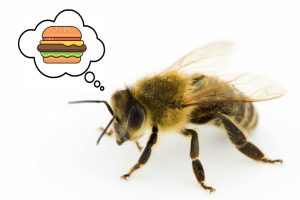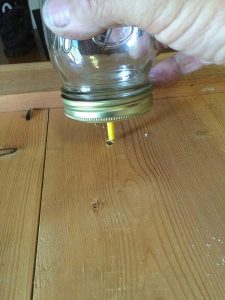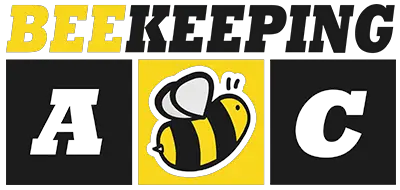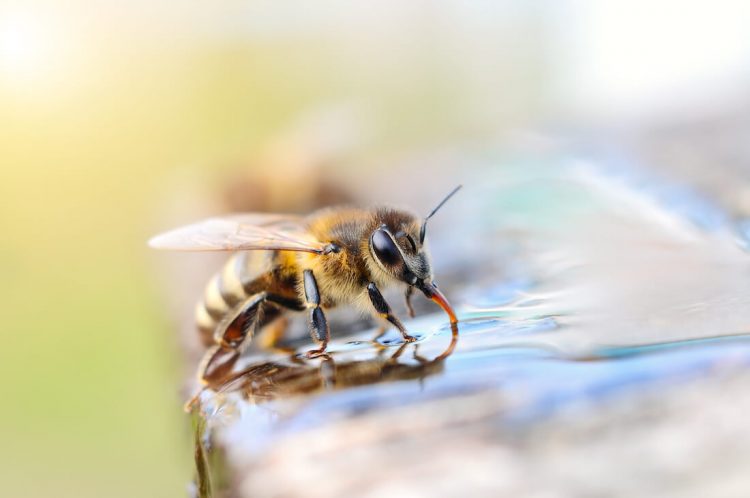As a newcomer to the beekeeping world you may be shocked to find that there are actually situations in which you might need to feed your bees. Ideally, you would simply leave enough honey for the bees to feed on, and not have to worry yourself about feeding them. However, you may experience a low nectar flow in certain situations like a new colony, or drought in the region. These types of situations can leave your bee colony dangerously low on food stores that would normally help them to survive the winter.
Knowing how and when to feed your bees is crucial to the survival, and over-all health of your hive. I will take a moment to break down the process, and discuss in brief detail the ‘why’, ‘when’ and ‘how’ of the issue for you to consider when keeping your own bees.
How do you know if you should feed your bees?
There really is no 100% perfect answer to the question of if you should be feeding your bees. There are a number of factors that will contribute to this issue, and you should be taking into consideration all of the external factors that will have an effect on the hive when deciding when to feed. Ideally your bees will have a large enough honey store to sustain them through the winter, so that you will not have to feed at all. The hive should generally have a perfectly even ratio of brood stores to honey stores. However, factors such as weather, and bee strain will often cause this to vary. Bees that live in a warmer climate have a tendency to burn through their honey stores faster due to shorter winters. You should extensively research the strain of bees you are keeping, and the climate you are keeping them in, in order to have a better understanding of if they need to be fed.

A quick experiment you can conduct to give you a general idea as to if your bees need to be fed, is a simple weight test. Each hive will need roughly 50 – 60 pounds of honey to survive the winter. If you lift the hive, and it feels extremely light, you may want to begin feeding them to prepare them for the winter.
When should you feed your bees?
If you have examined your hive, and determined that you do in fact need to feed your hive, it is best to do so before the winter begins. While it is possible to provide late season foraging options, typically bees will not consume liquid feed when the temperature dips below 50 degrees Fahrenheit.
Having a firm grasp on the nectar flow of your region will be key to knowing when you should begin feeding. Areas with a high nectar flow will be able to wait later into autumn to begin feeding. Areas that have experienced a drought, or nectar dearth, will need to begin feeding earlier as low nectar flow will result in the hive starving earlier if you aren’t careful. An underfed hive can die off just in a few days, so you should always exercise extreme caution when determining when to begin feeding. Bear in mind that over feeding a colony can lead to an excess of brood stores. However, in many cases, a weak colony will benefit from excess brood stores, and would be a in preferable situation to losing the colony entirely.
How to feed your bees
There are a multitude of ways that you can feed your hive. As with anything in the beekeeping world, it will largely depend on your region, and methods of keeping that will determine the way that you feed. Many beekeepers will use mason jars, or overturned pails with holes punched through to act as hive-top feeders. These methods are relatively standard, and you will be able to find plenty of tutorials on how to make them easily.

You will also want to take into consideration what results you want to achieve when choosing the type of feed you give the hive. For example, if you want to stimulate brood production, or not. Different types of feed will effect the production of brood stores differently. You should be careful not to overfeed, however, as this might result in the overproduction of brood stores or cause the hive to swarm.
Ideally, you will feed your bees honey. Honey is the best possible option for food for your hive. Keep in mind that you should never feed your bees store-bought honey. Store bought honey can introduce diseases, and contamination into your hive. Many beekeepers set aside the ‘off’ honey that they will not use, to feed their hive in emergency situations.
If feeding your hive honey is not a viable option, you can substitute it with home made sugar syrup, or dry sugar. A simple sugar syrup recipe will consist of two cups of sugar, for every one cup of warm water. You should never use raw, or brown sugar as bees cannot process dark sugars. Only use white granulated sugar for this feed recipe. You may also add a single Vitamin C tablet if you wish, this will help make the sugar syrup more acidic, as nectar is naturally more acidic than a sugar syrup.
One tip to remember when feeding, if you must check on the hive for whatever reason. Never, ever, open the hive if the temperature is below 4 degrees Celsius. You will not want the internal temperature of the hive to drop dangerously low, this can result in the death of the hive.
—
The ‘why’, ‘when’, and ‘how ‘ of feeding your bees will ultimately be decided by a number of factors. You will want to fully research the strain specific needs of your bees, and the environment that you are keeping them in. These factors will have the greatest impact on the feeding needs of your hive. If you suspect that you may need to feed your bees before the winter, try to set aside your unusable or otherwise ‘off’ honey for this purpose. This will help you prepare to feed the hive in case of emergency, and will ensure that you have perfectly optimized food for the hive. Always keep a close eye on your hive, and make sure that you carefully estimate the amount of honey stores that your hive has before entering the winter. It is always best to be diligent, and safe rather than risk losing the hive.


![3 Big Mistakes Beginner Beekeepers Make [And How To Avoid Them!]](https://beekeepingabc.com/wp-content/uploads/2020/11/3-mistakes-beginner-beekeepers-make-90x75.jpg)

![Move over ducks, Queen Bees quack too! [Here’s Why]](https://beekeepingabc.com/wp-content/uploads/2020/06/queen-bee-90x75.png)
![The Flow Hive 2 Review [ Vs. The Classic Flow Hive]](https://beekeepingabc.com/wp-content/uploads/2020/02/Flow-Hive-2-90x75.jpg)
![How Bees Fly [10 Facts About How, When, and Why]](https://beekeepingabc.com/wp-content/uploads/2019/12/A-Bee-Flying-90x75.jpg)